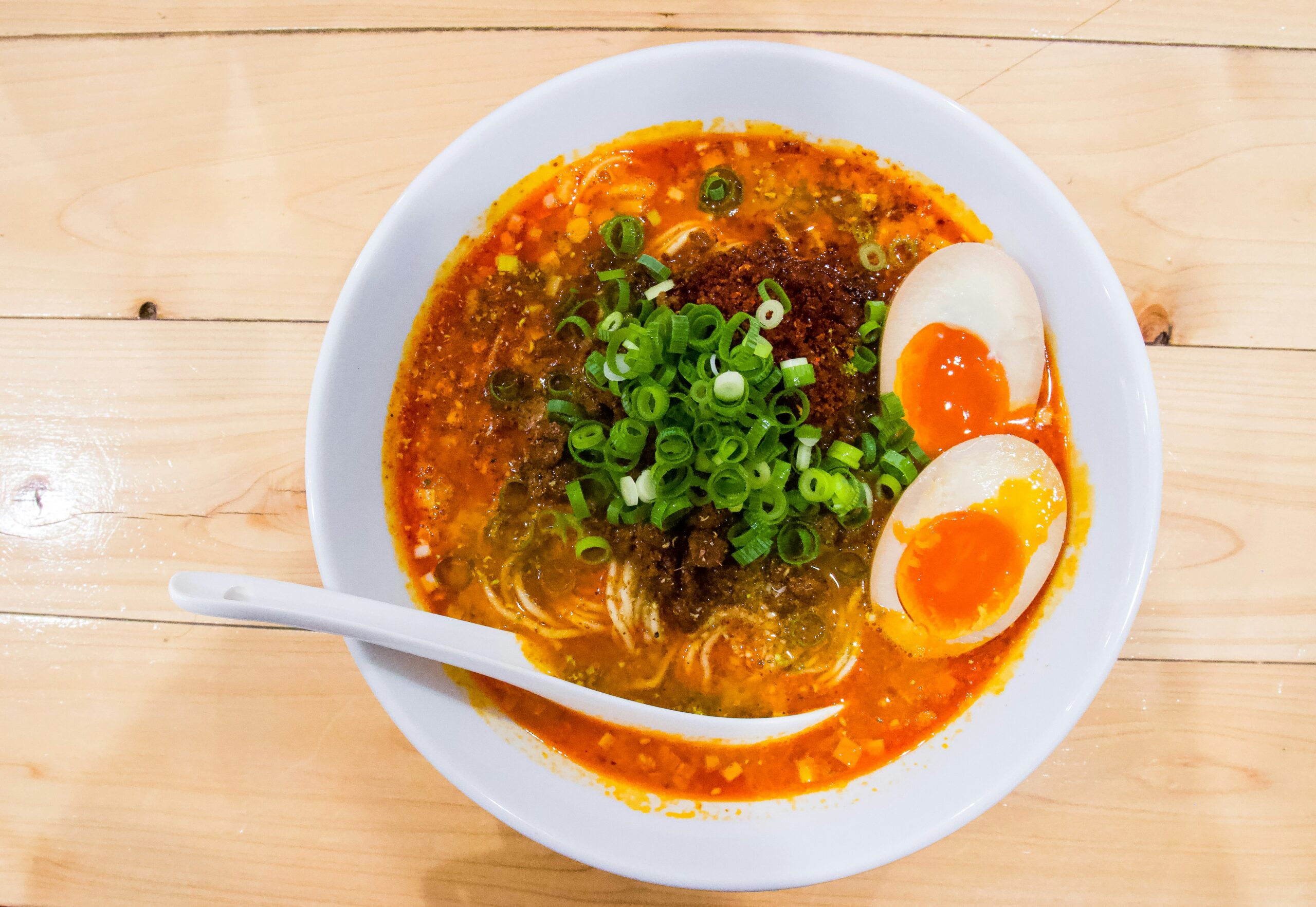Experiencing ramen in Japan is more than just a meal; it’s a deep dive into a fascinating culinary culture. To help you find your ultimate bowl of ramen, here are some essential tips.
1. Start by Understanding Ramen Types
Japanese ramen is incredibly diverse, varying significantly by region and even by individual shop. Knowing the main types will help you narrow down your preferences and find what truly excites your taste buds.

- Shoyu Ramen (Soy Sauce-based): This is often considered the classic Japanese ramen. It features a broth made from chicken or pork bones, flavored with soy sauce. It’s typically light yet deeply flavorful, and you’ll find it beloved across the country.

- Miso Ramen (Miso Paste-based): Originating in Hokkaido, this ramen is characterized by its rich, robust miso-based broth. The savory depth of miso perfectly complements the pork or chicken broth. You’ll often find toppings like butter, corn, and ground pork. It’s a fantastic choice for a warming, hearty meal, especially on a chilly day.
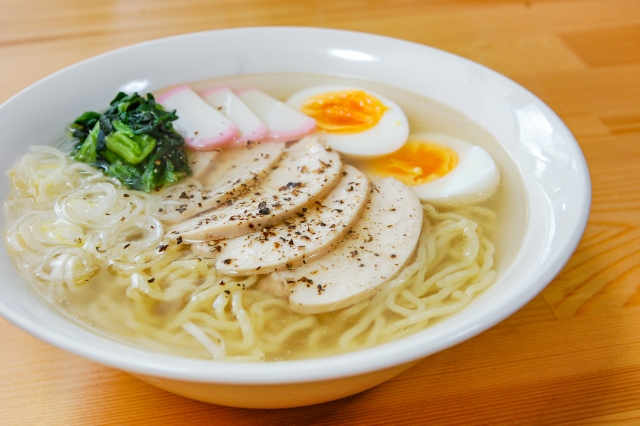
- Shio Ramen (Salt-based): Featuring a clear broth often made from chicken bones or seafood, this type uses salt as its primary seasoning. It’s known for its light and delicate flavor, truly highlighting the natural ingredients in a refined and elegant bowl.
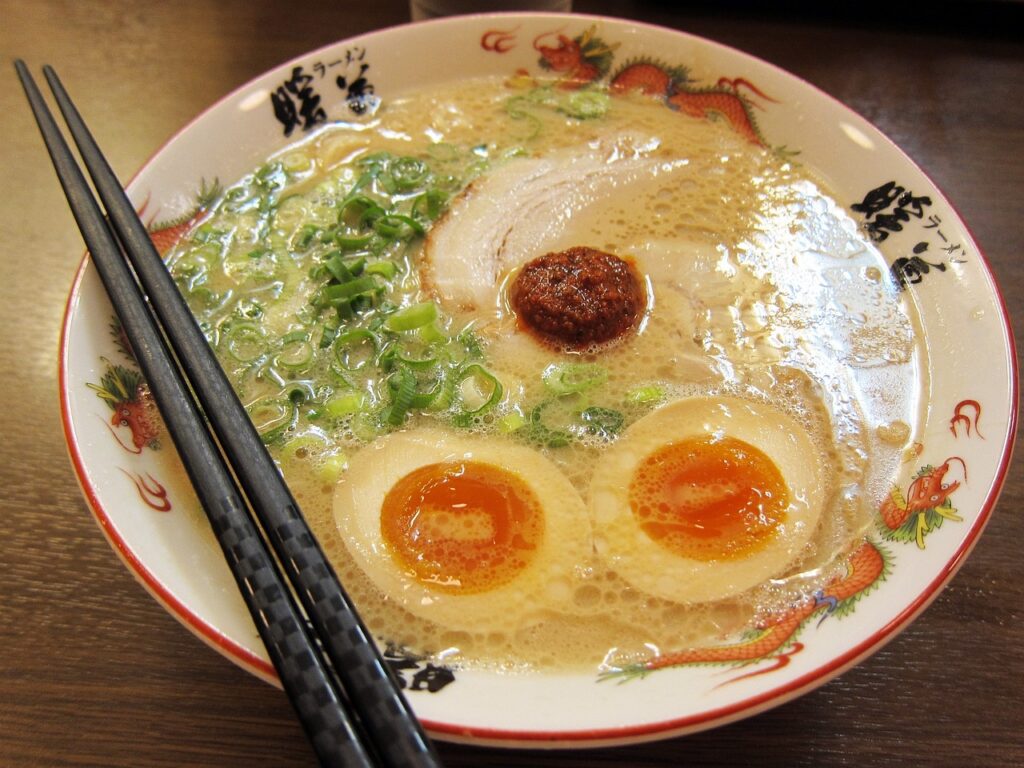
- Tonkotsu Ramen (Pork Bone-based): Hailing from Kyushu, particularly Fukuoka, Tonkotsu ramen is famous for its cloudy, rich, and creamy broth, slow-cooked from pork bones for hours. This intensely flavorful broth is incredibly addictive. It often comes with thin noodles, and many shops offer a “kaedama” (noodle refill) system if you want more!
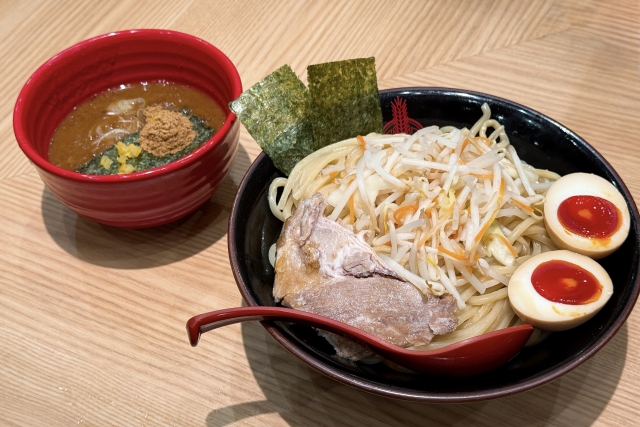
- Tsukemen (Dipping Noodles): In this style, the noodles and soup are served separately. You dip thick, chewy noodles into a concentrated, intensely flavored broth. The dipping soup is usually served piping hot to keep it warm, and at the end, you can often ask for “soup-wari” (soup-splitting broth) to thin out the remaining dipping sauce and enjoy it as a lighter soup.

- Vegetarian and Vegan Ramen: In recent years, with a growing emphasis on health and diverse dietary needs, an increasing number of ramen shops are now offering vegetarian and vegan options. These bowls are crafted without any animal products, using broths carefully made from vegetables, mushrooms, kombu (kelp), and other plant-based ingredients, resulting in healthy yet deeply flavorful ramen. Particularly in major cities like Tokyo, you’ll find specialized vegetarian/vegan ramen restaurants, as well as existing ramen shops that have introduced these menus. If you are vegetarian or vegan, it’s definitely worth doing some research beforehand to discover these delicious options!
2. Pre-Trip Research is Your Best Friend
Finding that perfect ramen spot often starts before you even step foot in Japan.
- Utilize Online Review Sites: Check out Japanese gourmet sites like Tabelog and Retty, or international traveler sites like TripAdvisor and Google Maps, for reviews of ramen shops in your target areas. Look for places designated as “Hyakumeiten” (Top 100 Restaurants) – these are highly rated by experts and users, making them a safe bet for quality.
- Browse Ramen Blogs and Social Media: Ramen enthusiasts often share the latest trends and hidden gems on their blogs, Instagram, and X (formerly Twitter). Try searching hashtags like #ramen or #ラーメン to discover new places.
- Leverage Local Knowledge: Don’t hesitate to ask your hotel staff, accommodation hosts, or any local friends for recommendations. They’re likely to know the authentic, delicious spots where locals truly go.
3. Trust Your Gut, Too!
Sometimes, the best ramen experiences come from unexpected finds.
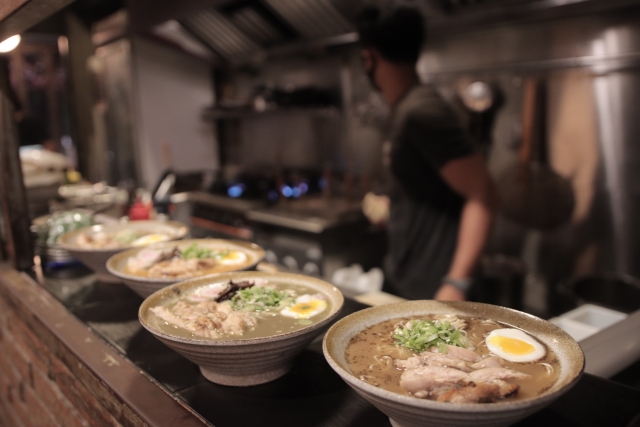
- Look for Lines: In Japan, a line outside a restaurant often signals that it’s good! Keep an eye out for queues, especially during lunch or dinner hours – if locals are waiting, it’s usually for a good reason.
- Feel the Vibe: The shop’s facade, cleanliness, and overall atmosphere can tell you a lot about its dedication to ramen. Don’t be afraid to follow your intuition and step into a place that simply feels right – it’s part of the adventure!
4. Understand Ramen Shop Etiquette
Japanese ramen shops have a few unique customs and manners you should be aware of.
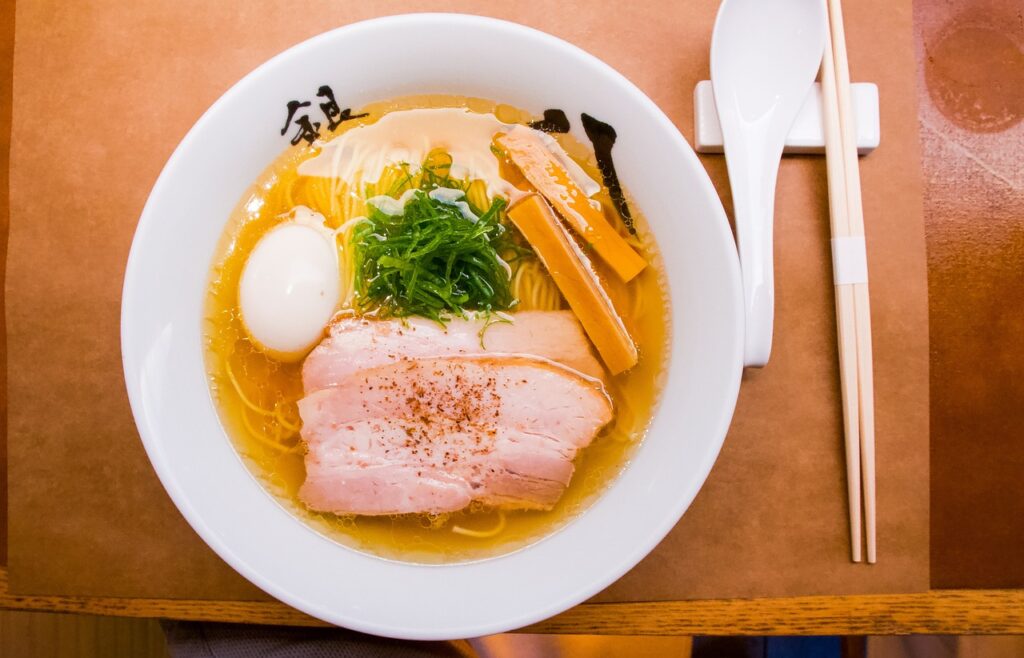
- Ticket Machines (Shokken-sei): Many ramen shops use a ticket vending machine near the entrance. You’ll select your ramen type, insert your money, and receive a ticket. Hand this ticket to a staff member before taking your seat.
- Waiting in Line: If there’s a queue, wait quietly and respectfully, mindful of other customers. Keep conversations with friends at a low volume.
- Slurping Sounds: In Japan, slurping your noodles loudly is actually a sign that you’re enjoying your meal! While you don’t need to force it, don’t worry about being too noisy – it’s perfectly acceptable and even appreciated.
- After Eating: Once you’ve finished your meal, try to leave promptly to make space for the next customers.
5. Discover Your Own “Best Ramen”

What constitutes the “best ramen” is deeply personal. For some, it might be a rich Tonkotsu, while for others, a delicate Shio ramen could be an unforgettable bowl. The joy is in trying various types and embarking on your own culinary quest to find your ultimate ramen.
Remember, unexpected discoveries, like a small shop you stumble upon or a place recommended by a friendly local, can often lead to the most memorable ramen experiences.
We hope your ramen journey in Japan is filled with incredible flavors and unforgettable moments!

